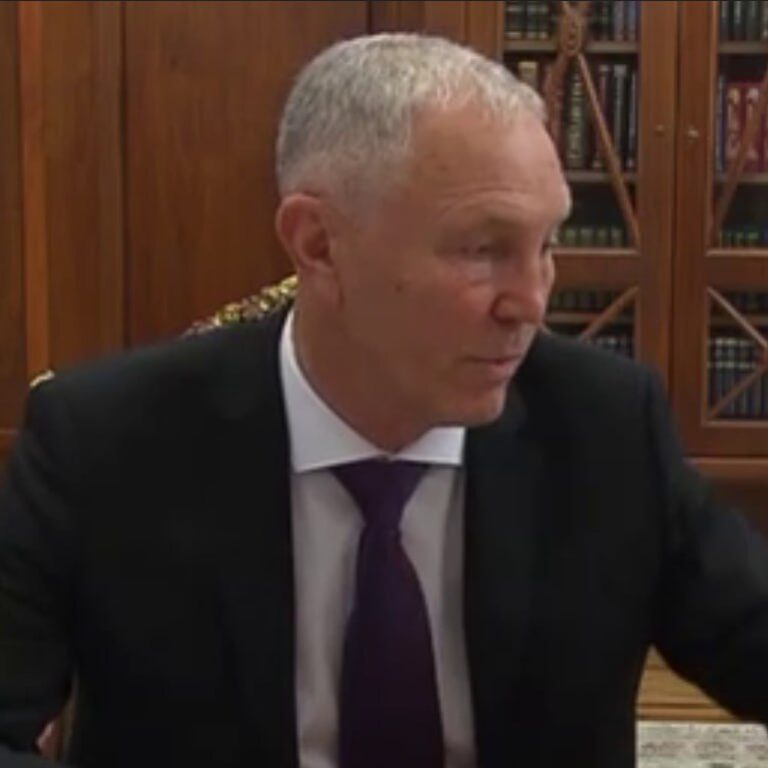On November 24, the CSTO summit ended in Yerevan. As it was expected, the aggressor, in his traditional manner, used the CSTO agenda to influence the members of the organization on such key issues.
First, Putin announced that there are “problems” in the work of the CSTO and tried to place sole responsibility on the Organization for maintaining the sovereignties of the members of the military-political bloc. In this regard, the Kremlin lobbied for the signing of documents to strengthen the “peacekeeping component” of the CSTO, about which our Association repeatedly wrote in 2022.
Further, as we expected, Moscow actually lobbied for decisions on intentions to develop cooperation between the CSTO and the Commonwealth of Independent States and the Shanghai Cooperation Organization. All questions raised by the Kremlin regarding Ukraine, including Crimea, which in fact have nothing to do with the CSTO mandate, were discussed at a meeting behind closed doors.
At the same time, Lukashenka, as expected, acted as a criminal “herald” of Russia when advancing the Kremlin’s agenda, saying that the future of the CSTO allegedly “lies in the plane of the Ukrainian issue”, and that if Russia loses, then “all its other partners will be under the rubble” in the bloc. At the same time, Lukashenka publicly doubted a certain “victory” of Russia in the war and noted that the future of the CSTO allegedly depends on the results of Russian aggression.
At the same time, on November 24, the European Parliament adopted a resolution on the Minsk regime, calling on the EU and member states to impose the same sanctions on it as on the Kremlin. Moreover, Moscow, hiding behind good intentions, also demanded that the President of Armenia Pashinyan sign a number of documents that would actually “give the green light” to Moscow’s special operation to control the sovereignty of Armenia.
Understanding this, Pashinyan did not sign a number of documents prepared by Moscow, taking a tactical pause and demanding that some of them be “finalized”. The Kremlin has already “tested” such tactics in Kazakhstan, maintaining political pressure on the elites of this state.
At the meeting, the aggressor actually pushed through the “carte blanche” from Kazakhstan to collectively search for the “peace formula” and “improve the rapid deployment and prompt response of the CSTO aviation and peacekeeping forces”.
Thus, we assume that Moscow is working out scenarios for using the CSTO forces and involving this military-political bloc in the war in Ukraine. The fake “mandate” from the Organization will “allow” Moscow to try to use its forces, allegedly under the auspices of the criminal “peacekeeping mission” and to search for a fictitious “peace formula” for the illegal quartering of troops of “partners” in the already occupied territories of Ukraine, primarily it the Crimea and Lugansk and Donetsk areas.
The Kremlin and Putin personally are seeking the involvement of the CSTO precisely to transfer the military conflict in Ukraine to the “frozen stage”. Armenia thus becomes the “last hesitant” before the aggressor “formally” raises the issue of the CSTO mandate in Ukraine. To put pressure on this country, the Kremlin can also use Iran, which the aggressor frightens with “Azerbaijani separatism”, also playing on the economic situation in the territories liberated by Azerbaijan in 2021, on the prospects of the Turkish-Azerbaijani “corridor” and the problems of water use and energy in the South Caucasus.
The aggressor also uses, to increase pressure, the “smoldering” conflict between Kyrgyzstan and Tajikistan for control over drying up water resources to influence both these countries, as well as Iran. These trends are clearly negative and it is clear that behind-the-scenes negotiations are already underway. Our Association continues to closely monitor the situation and believe that this scenario should be seriously studied by the international community.







